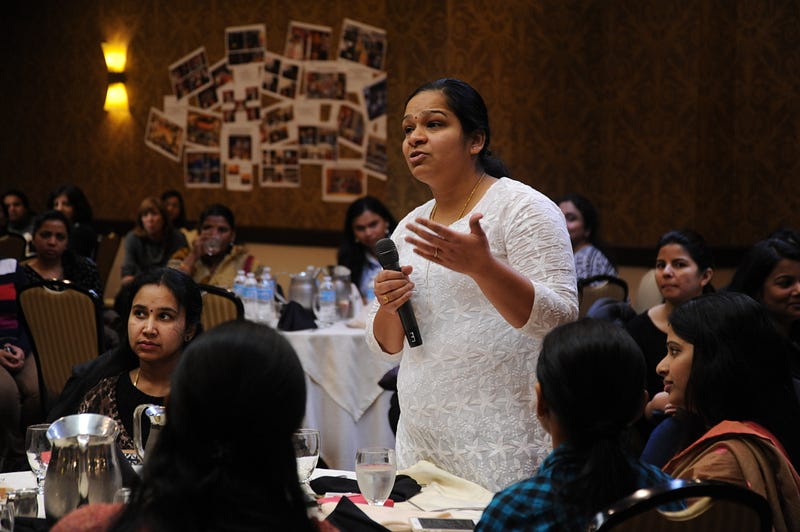Mastering Public Speaking: Essential Tips for Success
Written on
Chapter 1: Preparing for Your Speech
Public speaking may feel daunting, but remember that it is a skill that can be developed.

To effectively prepare for a speech, it's crucial to grasp its structure and flow. Start by answering three fundamental questions that are frequently addressed in public speaking guides:
- Who is your audience?
- What message do you wish to convey?
- What action do you want your audience to take post-speech?
After clarifying these points, jot down your ideas in a structured format. While you may manage the content well, delivering it can often present challenges. Issues like facial expressions, eye contact, and hand movements may arise, alongside filler words such as "um" or "like." To improve, record yourself speaking as if in front of an audience. Review the footage to identify areas for improvement.
It's advisable to avoid practicing solely in front of a mirror, as it doesn’t capture dynamic movements well. Instead, use the mirror to refine specific gestures or poses.
Section 1.1: Crafting Your Speech
When composing your speech, maintain a classic structure: an introduction, body, and conclusion.
In your introduction, aim to engage your audience with elements they appreciate, such as surprising facts or rhetorical questions that spark thought.
The body should present several supporting ideas, particularly in longer speeches, backed by facts or personal anecdotes. However, for concise speeches (around 3-5 minutes), focus on delivering a single key idea.
Finally, the conclusion is vital and should leave a lasting impression. Many speakers neglect this part, often ending with a simple "Thank you." Referencing a TED Talk by David Kahneman, he noted that a performance's conclusion is as memorable as a violinist's final note. Aim to reinforce your main message here, ideally through repetition.
Subsection 1.1.1: Handling Unexpected Moments
To adeptly improvise if you lose your place, practice beforehand. During rehearsals, focus not just on verbatim recitation but also on key words that encapsulate each paragraph's essence.
Should you become distracted during your speech, address your audience directly, inviting their input. A well-timed comment can engage them and provide a moment for recovery.
A favorite quote of mine is, "A mistake is when everything goes perfectly." The reaction to any blunders is what truly matters. For example, Hillary Clinton once humorously attributed a coughing fit to her thoughts about Trump, which resonated well with the audience.
Section 1.2: Key Skills for Effective Speaking
A successful speaker must possess a range of abilities, including:
- The capacity to engage an audience
- Skills in micro-dramaturgy: knowing when to start, continue, and conclude
- Awareness of the audience's needs
- Organizational skills to ensure punctuality and preparedness
Chapter 2: The Importance of Preparation
Many novice speakers initially memorize their scripts. This approach can be beneficial, as it helps reduce anxiety during the early stages. Start with a written script, such as:
“Ladies and gentlemen, thank you for coming. I want to begin my lecture with…”
By mastering the opening lines, you can build confidence before transitioning to key points.
Here’s a video titled "7 Public Speaking Tips for Beginners" that offers valuable insights into overcoming anxiety and enhancing your delivery skills.
Before stepping on stage, double-check your presentation. Ensure the formatting aligns across different devices. I always save my presentation in both .pptx and .pdf formats to avoid issues.
Section 2.1: When to Use Visual Aids
There are times when speaking without visual aids can be effective, particularly for charismatic speakers. I’ve observed that some presenters can overshadow their slides, as their presence alone captivates the audience.
However, if your topic is complex, visual aids can clarify your points and prevent confusion. For situations requiring on-the-spot illustrations, consider using a flip chart to illustrate concepts dynamically.
The second video, "Become a Better Speaker: 9 Essential Public Speaking Tips - College Info Geek," provides additional strategies for improving your public speaking skills.